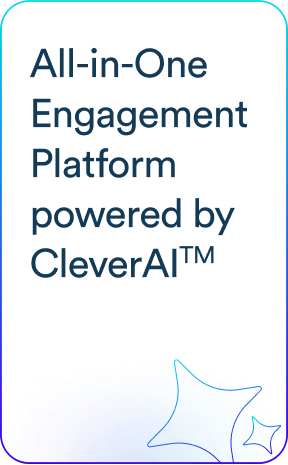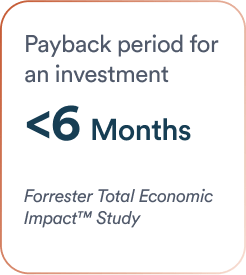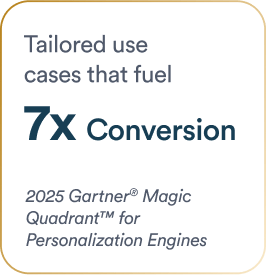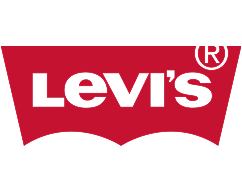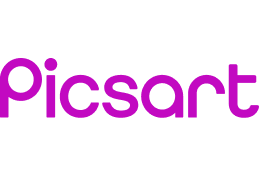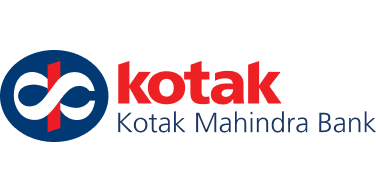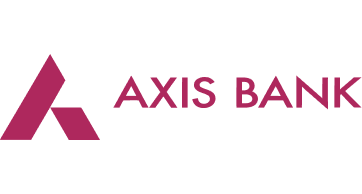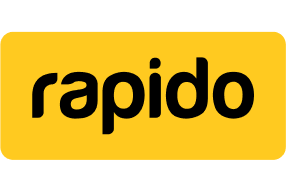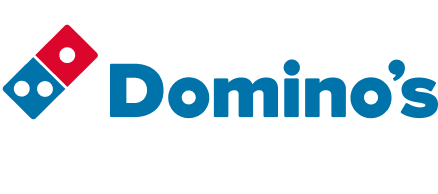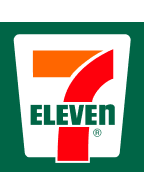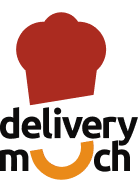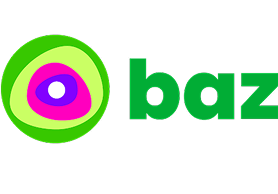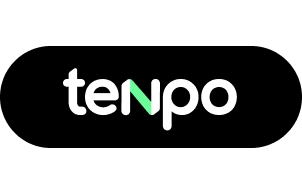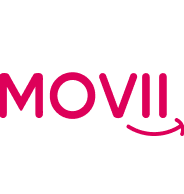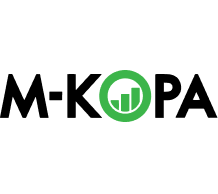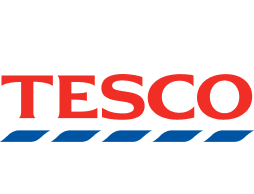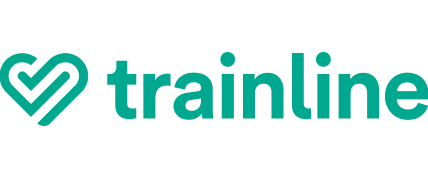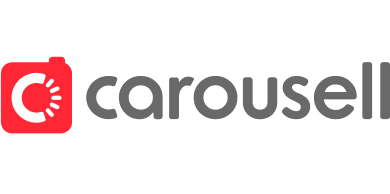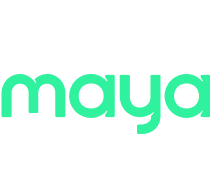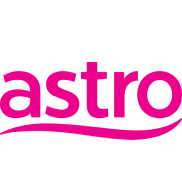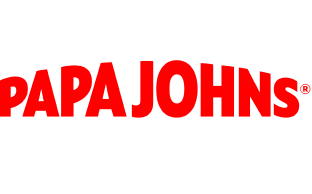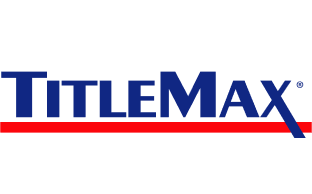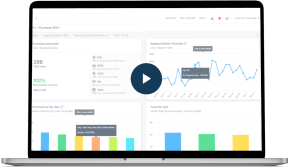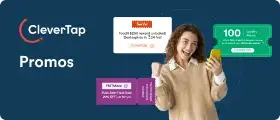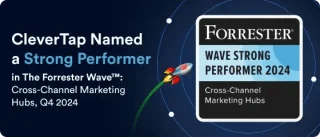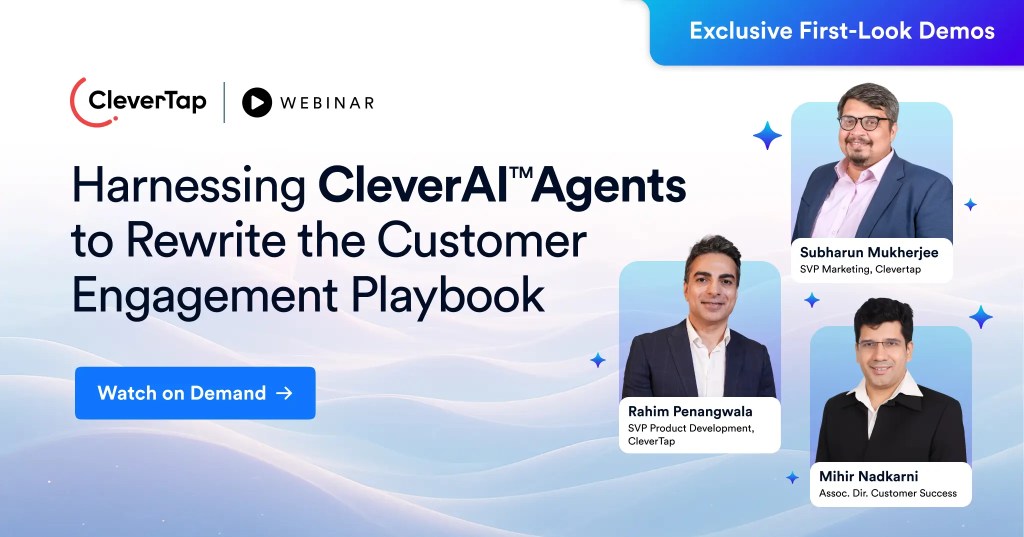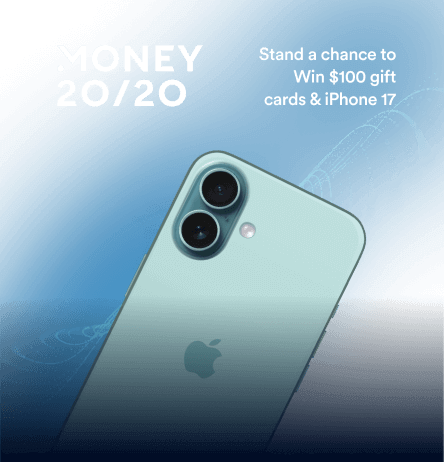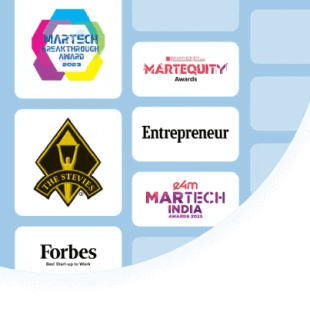Email blast campaigns don’t exactly have the best reputation in the marketing sector. Many marketers remember the days when blasting emails meant sending the same message to every email address, with fingers crossed that something might actually reach an inbox instead of the dreaded spam folder. Most messages missed the mark, not to mention the cluttered inboxes and annoyed recipients.
But times have changed.
Nowadays, smart email blast campaigns revolve around segmentation, personalization, and timing, delivering focused messages that genuinely connect with people. Segmented email blast campaigns generate 30% more opens and 50% more click-throughs compared to non-segmented blasts, proving that modern targeting and personalization drive significantly stronger engagement.
In this guide, discover what really makes a modern email blast, why it’s powerful beyond its spammy past, and how to build campaigns that do more than just land in inboxes; they drive real results and respect the reader’s attention.
What is an Email Blast?
An email blast is a marketing technique where a single email message is sent simultaneously to a large group of recipients. The goal is to communicate broadly and quickly, often to share important announcements, time-sensitive offers, product launches, or company news with an entire subscriber list at once. Although the word “blast” can sometimes carry negative connotations of spam or aggressive messaging, when executed thoughtfully, email blasts serve as an efficient way to reach a wide audience with relevant content.
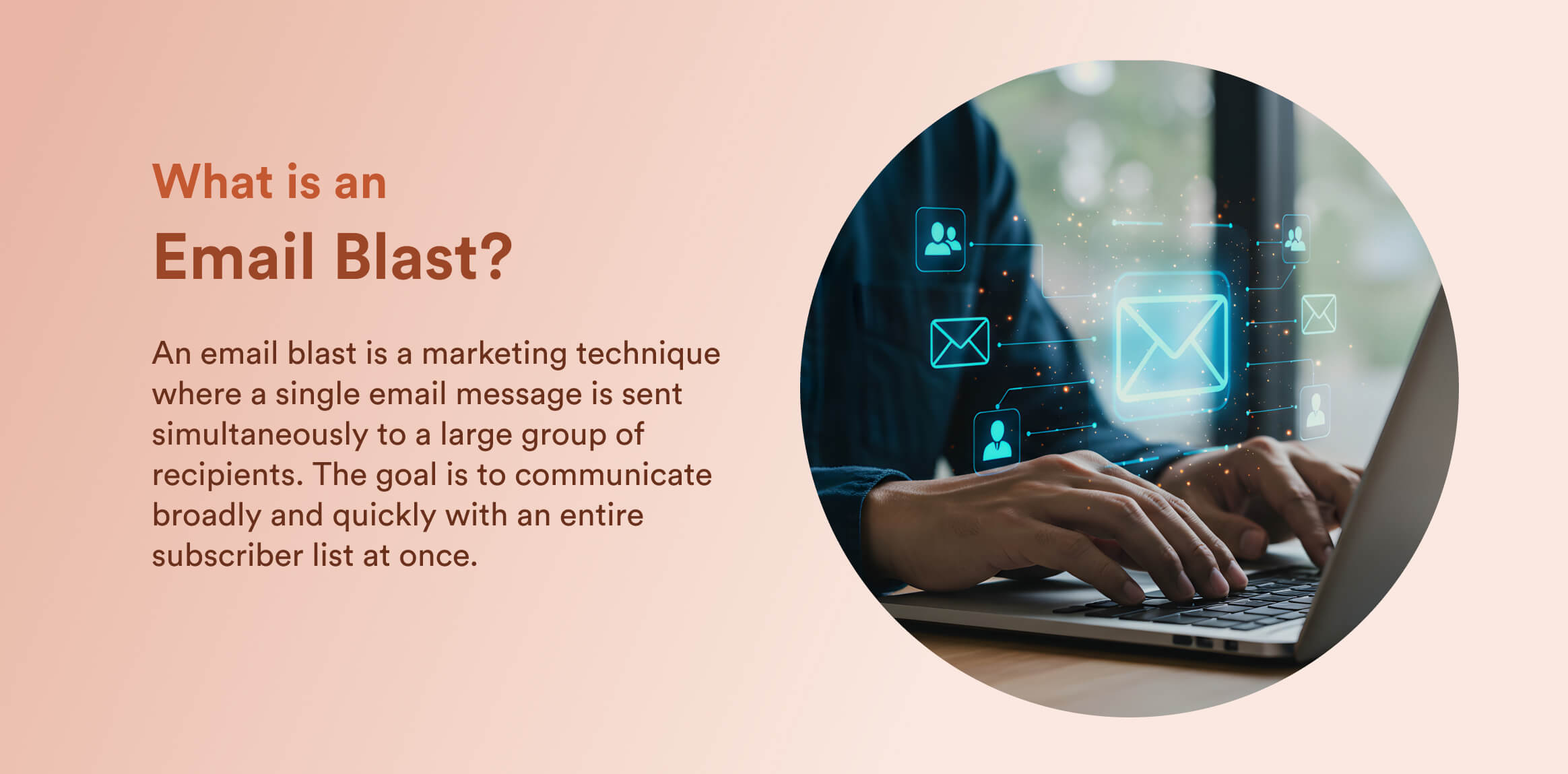
You might wonder, aren’t email blasts and other types of email marketing the same? Well, the answer is no. Unlike newsletters, which are typically sent on a recurring schedule and often contain curated, ongoing content for subscribers, email blasts focus on delivering a single, unified message to everyone on a list. Triggered emails, in contrast, are personalized messages automatically sent based on user behaviors or actions, such as cart abandonment reminders or welcome emails, that aim to engage individuals rather than the whole list at once.
Now, there is also a common misconception about email blasts being spam. Yes, poorly targeted or irrelevant blasts can indeed feel intrusive and spammy. But modern email blasting strategies emphasize customer segmentation, personalization, and user consent, meaning no more spam.
Email blasts are now used by marketers to harness data-driven insights, email automation tools, and strategic messaging to transform what was once a broad “spray and pray” method into a precision instrument, which helps strengthen customer relationships and drives measurable results.
Types Of Email Blasts
There are various types of email blasts that serve different marketing purposes, ranging from announcement blasts to behavioral retargeting blasts. Let’s break down each type to help you craft the right message for your audience and campaign goals.
1. Promotional Blasts
Promotional blasts are a type of email blast that focuses on driving immediate sales or customer action. These emails are used to announce sales events, product launches, limited-time discounts, or special offers.
They also often create urgency with time-sensitive deals and clear CTAs, helping brands boost revenue quickly. For example, e-commerce sites frequently blast emails during flash sales or seasonal promotions to maximize impact.
2. Announcement Blasts
Announcement blasts are emails used to share important company updates or news. These types of email blasts can include policy changes, new partnerships, upcoming events, or brand milestones.
These messages keep subscribers informed and maintain transparency. Banks or fintech companies might use announcement blasts to notify customers of changes in terms or to launch new financial products.
3. Behavioral Retargeting Blasts
Behavioral retargeting blasts target specific user actions or behaviors, triggered by activities like cart abandonment or prolonged inactivity. Unlike broad promotional blasts, users are encouraged to complete a purchase or re-engage with the brand through these personalized emails. For example, a travel company may send an email blast reminding users about an unbooked trip in their cart, nudging them toward conversion.
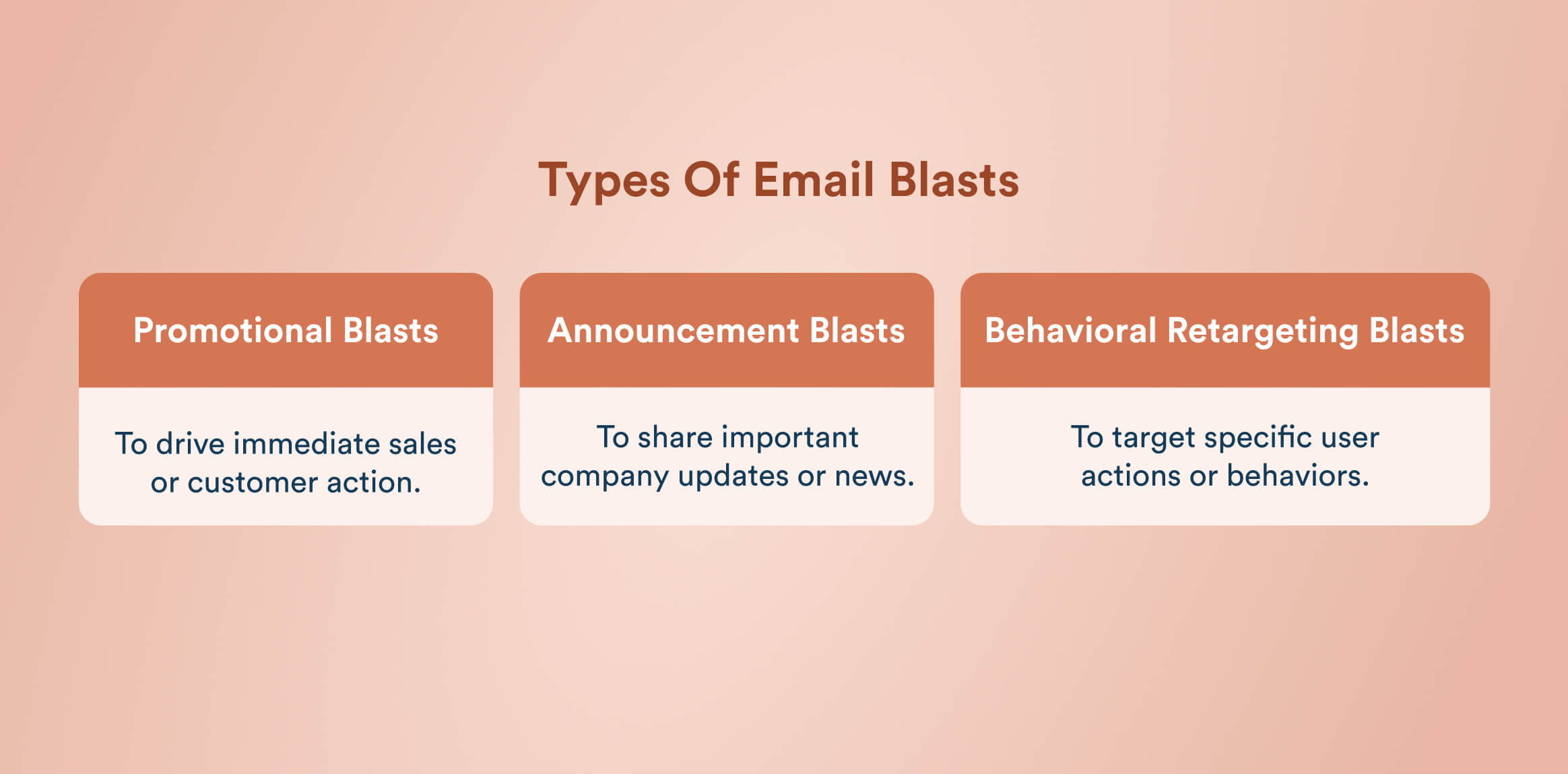
Why an Email Blast Still Works
Email blasts are one of the most powerful marketing tactics because they combine scale, speed, and precision. You can reach vast audiences instantly with relevant messages that drive engagement and action. The adaptability of email blasts to integrate personalization, automation, and data analytics only amplifies their effectiveness in the modern marketing ecosystem.
1. Reach Large Audiences Instantly
With billions of emails sent daily worldwide, email blasts allow for mass communication like no other channel. Marketers are able to deliver messages to thousands or millions of subscribers simultaneously, reaching customers wherever they are. This immediacy ensures timely delivery of high-impact campaigns that capture attention before opportunities fade.
2. Cost-Effective With High ROI
Email marketing consistently delivers among the highest returns on investment. In 2025, email campaigns generate approximately $36 for every $1 spent, outperforming social media, PPC, and even SEO in direct revenue impact. The relatively low cost of tools and execution, combined with measurable sales outcomes, makes email blasts a go-to for maximizing marketing budgets.
3. Useful For Time-Sensitive Campaigns
Time is crucial in marketing, and email blasts are perfect when urgency matters. Due to the high open rate of emails (42.35%), limited-time offers, last-minute event invitations, or urgent service updates benefit from email blasts. Many consumers check their email multiple times daily, creating multiple chances to catch their attention quickly.
4. Measurable and Testable (Open Rate, CTR, Conversions)
Every aspect of an email blast campaign can be tracked and optimized. Open rates, click-through rates (CTR), conversion rates, and other KPIs provide a deep dive into your campaign’s effectiveness. You can take data-driven decisions that are harder to achieve at this scale in other channels by conducting A/B tests on subject lines, CTAs, or send times to incrementally improve engagement and ROI.
5. When Used Smartly, Emails Can Be Personalized at Scale
Instead of sending the same generic message to everyone, marketers now use dynamic content and behavior-based triggers to tailor emails to each recipient’s interests and actions. This means even large-scale blasts can feel personal and relevant, which leads to higher open rates, fewer unsubscribes, and stronger connections with customers.
How To Send An Email Blast: Step-By-Step
Creating an effective email blast involves more than just hitting the “send” button. There is a lot more planning, precise targeting, and continual optimization than perceived. Follow these key steps to ensure your email blast delivers value to your audience and achieves your marketing goals.

1. Build or Import Your Email List
Start with a high-quality, permission-based email list. Collect subscribers through opt-in methods like website sign-ups, gated content, or events to ensure you’re reaching engaged users. Regular list hygiene is critical, and to maintain it, you should remove invalid addresses, duplicates, and inactive contacts to protect your sender reputation and improve deliverability. You can even use tools to automate list cleaning, which saves time and keeps your data accurate.
2. Segment Your Audience
Divide your email list into smaller groups based on factors like demographics, behavior, purchase history, or engagement levels. Segmentation allows you to tailor your messaging for each group, making your emails more relevant and increasing the chances of clicks and conversions. For example, a travel brand might segment by past destination interests or booking frequency to send personalized offers.
3. Choose an Email Marketing Tool
Select an email marketing platform that supports your strategy and audience size. CleverTap is an excellent option, offering advanced segmentation, automation, and real-time analytics. With CleverTap, you can effortlessly create targeted email blasts, personalize content dynamically, and monitor campaign performance, all within one integrated dashboard.
4. Create Your Email Content
Write compelling subject lines that spark curiosity or urgency. Make your email copy clear, focused, and action-oriented with a strong call to action (CTA). Use personalization to address recipients by name or recommend products based on their preferences. Ensure the design is mobile-friendly, visually appealing, and consistent with your brand identity.
5. Test and Preview
Before sending, test different elements like subject lines, images, or CTAs through A/B testing. Preview your email across various devices and email clients to ensure it renders correctly everywhere. Testing helps identify potential issues and optimizes engagement before the blast goes out.
6. Schedule and Send
Timing matters. Analyze your audience’s behavior to find optimal send times, such as mornings on weekdays, which often show higher engagement for many industries. For promotional campaigns, incorporate urgency in both copy and timing to motivate quicker responses. Use your marketing platform’s scheduling features, like those in CleverTap, to automate and accurately time your sends across time zones.
Learn more about the best time to send email campaigns.
7. Analyze Performance
After sending your emails, track important email marketing metrics such as open rates, click-through rates (CTR), conversion rates, and unsubscribe rates. Use this data to understand what worked and what didn’t, refining your segmentation, content, and scheduling for future blasts. Regular analysis helps continuously improve campaign effectiveness and ROI.
Email Blast Strategies That Actually Work
Success with email blasts mainly comes from combining targeting, personalization, and user experience. These strategies help you go beyond the generic bulk emails and actually deliver meaningful emails that convert.
1. Segmentation is Key
Your audience is diverse, so your emails should be too. Segment your list by behavior, demographics, purchase history, or engagement levels to send tailored messages that resonate. Segmented campaigns enjoy up to an average of 46% higher open rates and drive 58% of all email revenue. If you ignore segmentation, you run the risk of lower engagement and higher unsubscribes.
2. Personalization Beyond First Name
You have to go beyond just including a name. Try using dynamic content that changes based on recipient data or behavior, like product recommendations, location-based offers, or customer milestones. This level of email personalization improves relevance and builds stronger connections, increasing click rates and conversions.
3. Use Automation & Triggers
Automate your campaigns based on user actions, such as cart abandonment, browsing behavior, or anniversaries. Triggered emails generate up to 5x higher open rates and 15x more clicks than regular blasts. Email automation saves time and delivers timely, relevant messages that engage.
4. Clear CTA and Mobile-Optimized Design
Your call to action (CTA) should be bold, easy to understand, and above the rest. With over half of emails opened on mobile devices, responsive design is critical. Mobile-friendly emails with large buttons and concise copy generate significantly better results.
5. Compelling Subject Lines and Preview Text
The subject line is your first impression and determines open rates. Use concise, action-oriented language that sparks curiosity or urgency. Complement it with informative preview text to give a clear reason to open. Testing subject lines regularly helps find the best performers.
6. Consistency Over Frequency
Stay top of mind without overwhelming inboxes. Consistent sending schedules help set expectations and build trust. Avoid spamming, which leads to unsubscribes and deliverability issues. Quality content delivered regularly beats high-volume, low-relevance emails.
7. Compliance With Regulations (CAN-SPAM, GDPR)
Staying compliant with privacy laws is essential to protect your brand and avoid costly penalties. Under regulations like GDPR, marketers must obtain clear, explicit consent before sending emails, offer a simple way to opt out, and handle user data responsibly.
You should always include unsubscribe links, honor opt-out requests promptly, and secure personal data with proper safeguards. Respecting privacy and following these rules builds customer trust and helps ensure your emails land in inboxes and not in spam folders.
Email Blast Examples and Use Cases
By taking a look at real campaign emails in action shows how different industries approach their goals. From retail to fintech to streaming platforms, every brand uses email blasts a little differently to fit their audience. These examples highlight winning tactics and creative choices you can learn from, no matter your vertical.
Ecommerce: Flash Sale
Eight Sleep sent a visually striking email announcing a 48-hour flash sale with “$200 OFF the Pod Pro,” featuring bold fonts, clear product images, and multiple exclusive codes for different products. The offer highlights urgency with a clear time limit, showcases added discounts (“That’s an additional $100 off the current on-site offer”), and provides simple, prominent CTA buttons to drive immediate action. The branding and message remain consistent throughout, emphasizing cool sleep technology across mattress, cover, and pillow products.

Why it worked: The campaign grabs attention with its bold design and time-sensitive deals. By segmenting offers for mattresses, covers, and accessories, Eight Sleep increased relevance and appeal. Direct CTA buttons and clear codes make redemption easy, while the repeated “GET COOL NOW” prompts reinforce urgency and next steps for customers.
Fintech: Policy Update or New Product Launch
Zapier sent a clear, informative email blast announcing changes to its refund policy. The subject line and headline immediately highlight the update, “Updates to Zapier’s Refund Policy,” while the body explains what’s changing, when it will take effect, and why the change is necessary. The email is easy to scan, uses plain language, and provides direct links to updated terms and customer support.
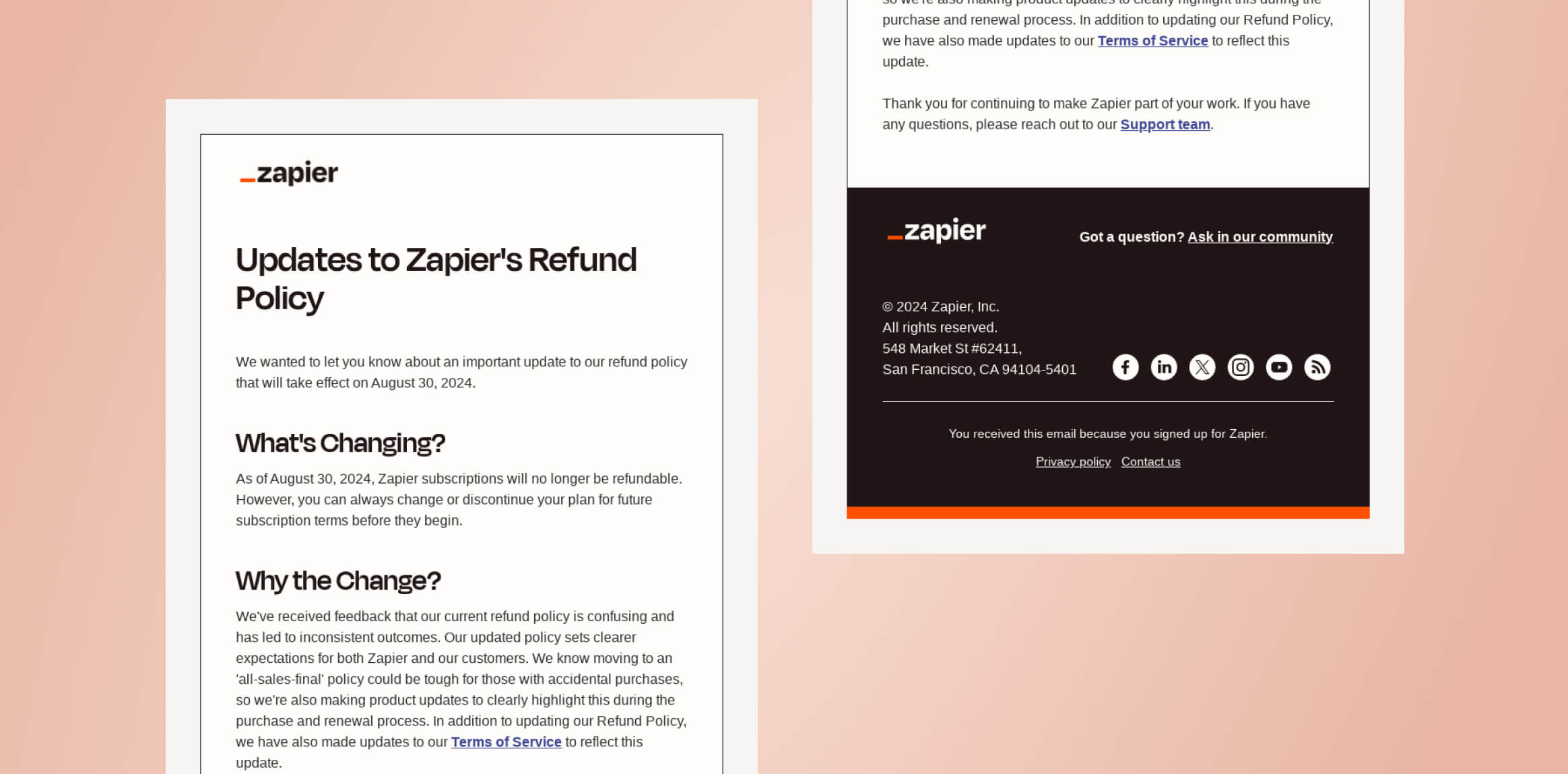
Why it worked: The email gets straight to the point, builds trust by addressing customer feedback, and transparently outlines both the policy changes and their rationale. Support resources and updated terms are easily accessible, making it simple for recipients to get more information or ask questions.
Media/OTT: New Content Alert
Netflix frequently uses email blasts to alert subscribers about new seasons or releases. These emails highlight a show with key visuals, a short synopsis, and a button to “Watch Now.” They leverage personalization, tailoring recommendations based on viewing history.
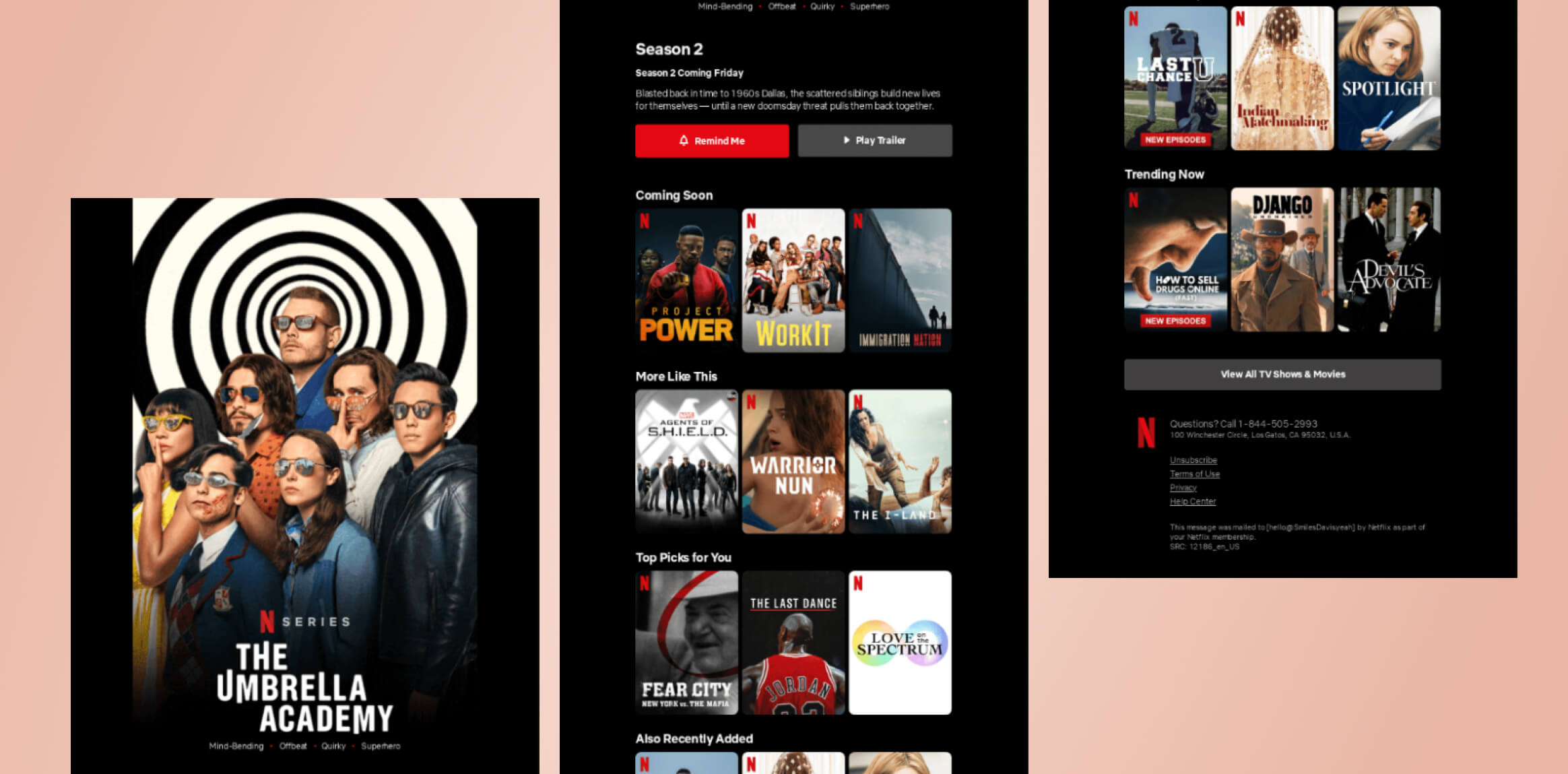
Why it worked: Engaging visuals, personalization, and an immediate CTA create excitement and reduce friction to watching, driving increased subscriber engagement and retention.
Travel: Limited-Time Deals
Expedia often sends targeted email blasts promoting limited-time hotel and flight discounts. Their emails use countdown timers, clear pricing, and destination highlights. Urgency and personalization based on prior searches target travelers ready to book.
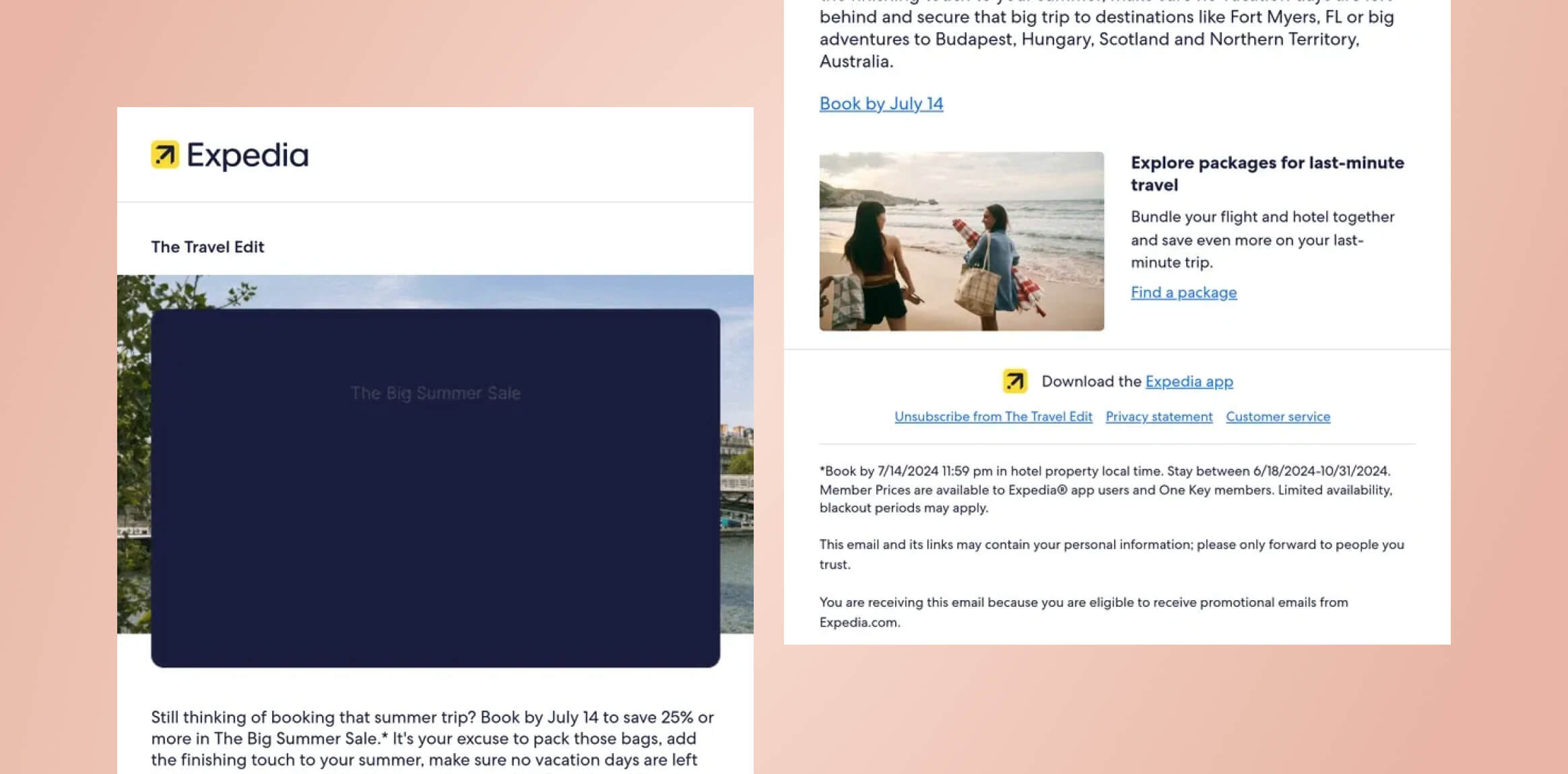
Why it worked: Combining urgency (countdown timers) with user-relevant offers creates a strong incentive for recipients to act quickly on travel deals.
Common Mistakes To Avoid When Sending an Email Blast
When sending email blasts, several common mistakes can undermine your efforts, reduce engagement, and even harm your brand’s reputation. Being aware of these pitfalls and how to avoid them is key to successful campaigns.
- Ignoring Segmentation: Sending the same message to your entire list ignores the diversity of your audience. This leads to irrelevant content, lower open rates, and higher unsubscribe rates. Always segment your list by behavior, demographics, or engagement to tailor your emails and increase relevance.
- Poor Timing or Frequency: Emails sent at the wrong time or too frequently can annoy subscribers and reduce your reach. Understand your audience’s habits and set a consistent, respectful send schedule. Avoid bombarding inboxes to minimize unsubscribes.
- Weak Subject Lines: Unclear, generic, or clickbait subject lines fail to entice recipients to open your emails. Use concise, compelling language that clearly communicates value and creates curiosity. Test subject lines regularly to identify what resonates best.
- Not Testing Before Sending: Skipping testing can cause broken links, display issues, or personalization errors that damage credibility. Always preview emails on multiple devices and conduct A/B tests on subject lines or content to optimize performance before blasting.
- Unclear CTA: If subscribers don’t know what to do next, your email fails. Make your call to action visible, specific, and easy to click. Multiple CTAs can confuse people; hence, one well-placed CTA is often most effective.
- Ignoring Unsubscribes or Opt-Outs: Failing to respect opt-out requests risks legal issues and tarnishes your brand. Always honor unsubscribe requests promptly and remove inactive contacts regularly to maintain a healthy list and positive reputation.
- Failing to Analyze Results: Without tracking and analyzing metrics like open rate, CTR, and conversions, you miss chances to improve. Use insights to refine segmentation, timing, and content in future blasts for better ROI.
Incorporating CleverTap for Smarter Email Blast Campaigns
CleverTap offers a comprehensive platform to elevate your email blast strategy through automation, personalization, and deep analytics. Here are a few use cases to show how you can leverage CleverTap for smarter, more effective campaigns:
1. Lifecycle Marketing Automation
CleverTap’s powerful segmentation allows you to create granular user groups based on behavior, demographics, and engagement patterns. This enables sending relevant, behavior-triggered email blasts such as cart abandonment reminders or re-engagement nudges. With CleverTap’s Journey, you can automate these sequences for timely, personalized communication that aligns with each user’s lifecycle stage.
2. A/B Testing Subject Lines or CTAs
Optimize your campaigns with CleverTap’s built-in A/B testing capabilities. Run experiments on subject lines, CTAs, or email content to find the best performers. The platform’s real-time reporting helps you quickly identify winning versions and improve open and click-through rates over time.
3. Advanced Analytics
You can go beyond basic metrics with the help of CleverTap’s advanced analytics dashboard. Track deeper insights like uninstall rates, session drop-offs post-email, and revenue attribution. These granular data points help you understand email performance in the context of overall user behavior, enabling smarter decision-making.
4. Omnichannel Blasts
Maximize reach and engagement by combining email blasts with push notifications, SMS, and in-app messages, all managed through CleverTap’s unified platform. This cross-channel orchestration ensures consistent messaging and multiple touchpoints, boosting visibility and conversions.
Discover how data-driven email blasts with CleverTap can supercharge engagement and ROI.
Making Your Email Blast Truly Blast Off
Email blasts are an opportunity to speak directly to your audience in a way that feels personal, timely, and relevant. The real magic happens when strategy meets empathy: understanding who your customers are, what they need, and when they need to hear from you. It’s less about pushing messages and more about creating moments that matter.
So, instead of chasing volume, focus on connection. Use your data wisely, craft messages that resonate, and let your email blasts be a conversation, not a broadcast. When done with care, even a single email blast can spark loyalty that lasts.
Sagar Hatekar 
Leads product managementExpert in Marketing Analytics & Engagement platforms.
Free Customer Engagement Guides
Join our newsletter for actionable tips and proven strategies to grow your business and engage your customers.

